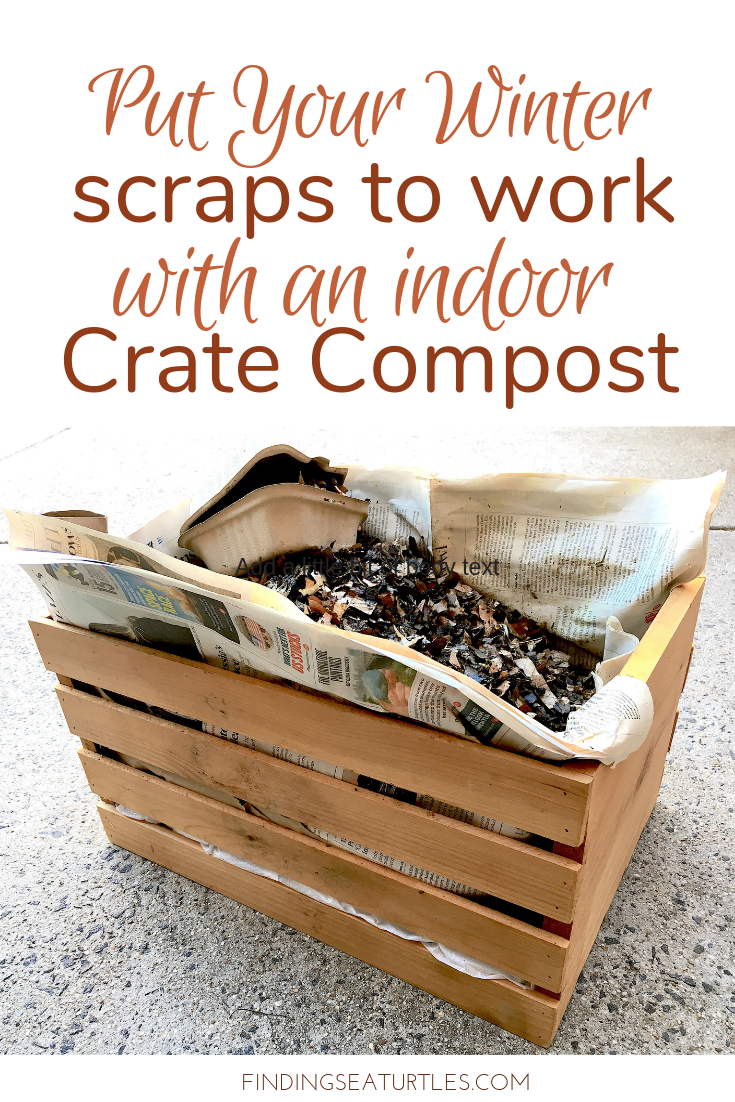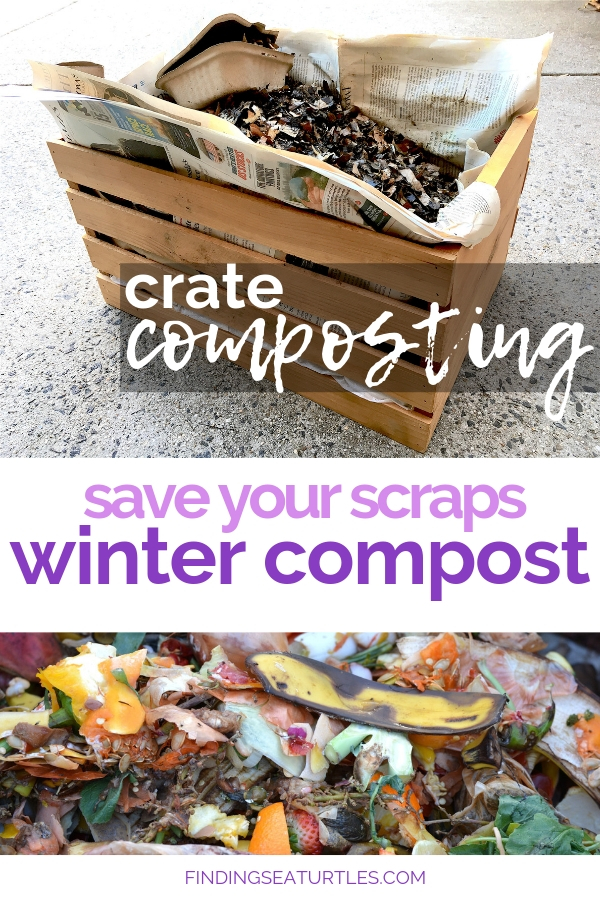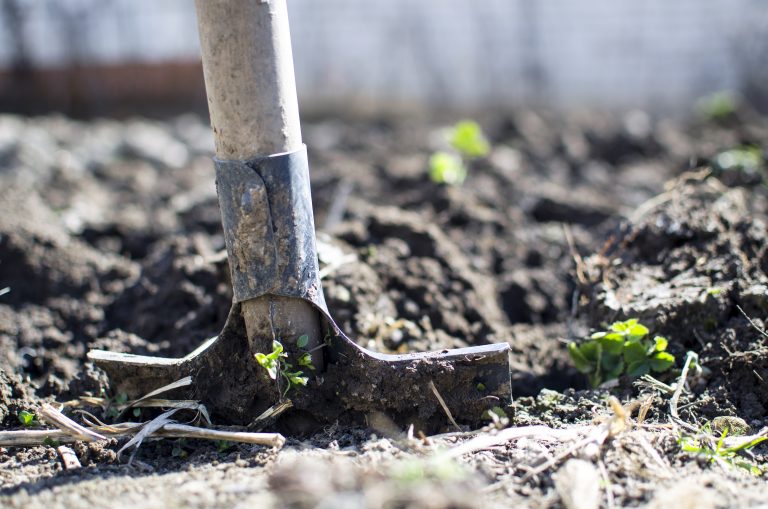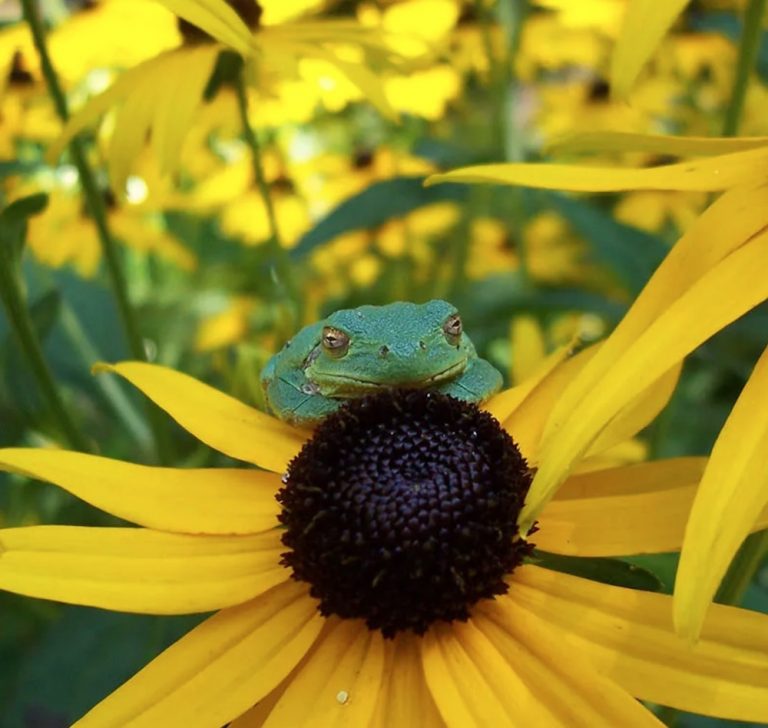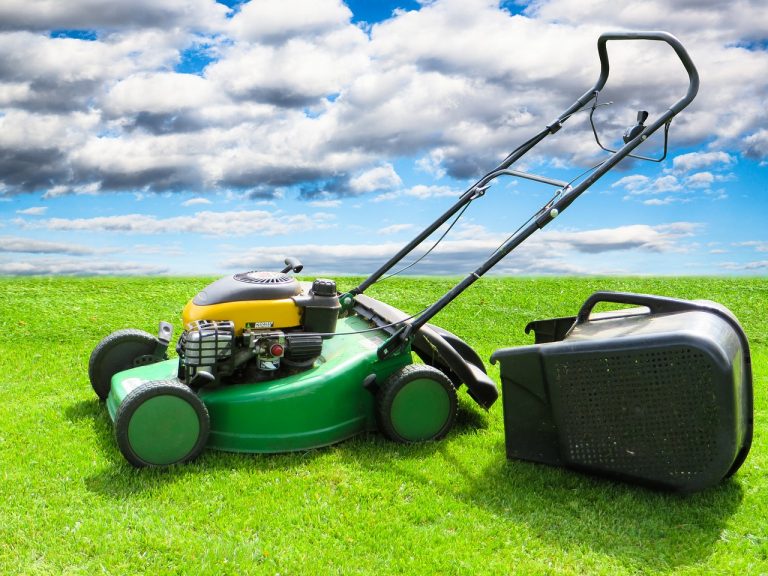Crate Composting – Alternative for Winter or Small Space Living
Crate composting for small spaces. There are times in the winter when getting to our compost is next to impossible. The snow is either too deep or the ground is frozen and slippery. To avoid walking to our backyard compost in the winter, we started to collect kitchen scraps in a small wooden crate that we store in our garage. A pail will work as well if you don’t have a crate.
The crate is kept nearby so I can continuously add any leftover kitchen scraps from our meals. Alternating dry leaves with kitchen scraps creates layers of brown and green materials. We mix the kitchen scraps with the compost. Then add leaves followed by a good mixing of the leaves and kitchen scraps. Eventually, the crate compost will make it to the backyard compost. If you have the space outdoors and want to learn more, see our post on setting up a larger outdoor compost.
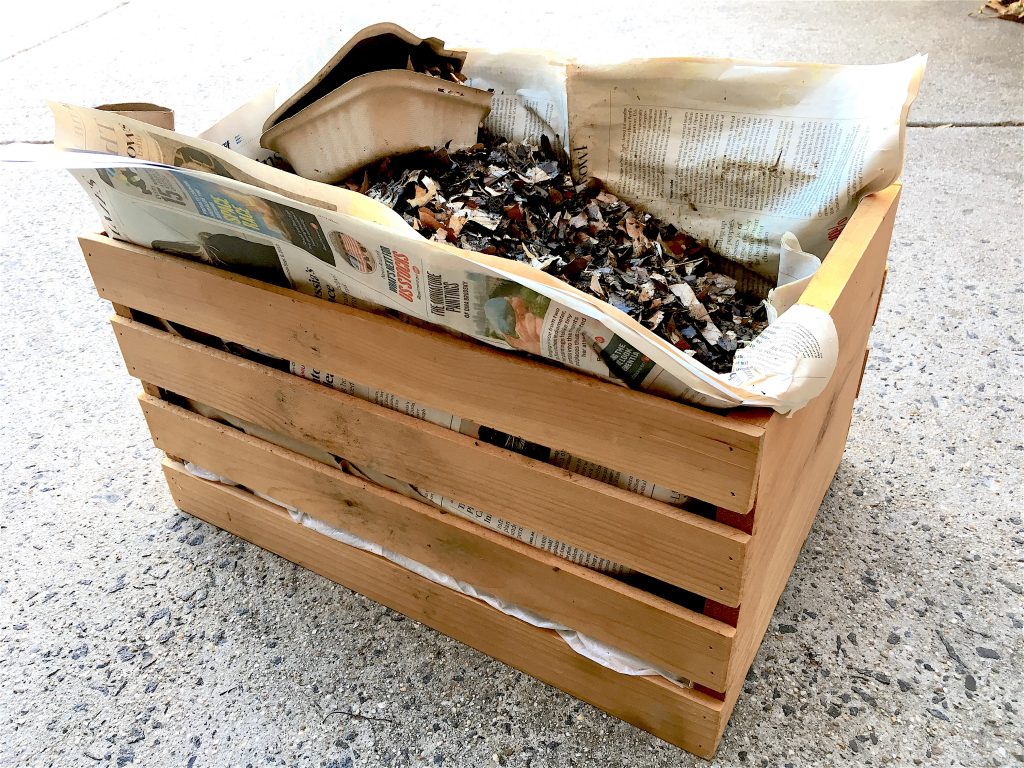
Hungry Wildlife – Crate Composting
Another reason for not adding the kitchen scraps to the backyard compost right away is that we have a herd of deer that make their way across our yard daily scavenging for food. During the winter, the deer herd are pretty hungry since most of their food sources have diminished. Any food scraps in our compost will be quickly eaten by the deer and other wildlife.

Last November, our three extremely large, heavy pumpkins and five small pumpkins disappeared from our front yard. At the time, we thought maybe neighborhood kids might have taken off with them. We later discovered that all along it was the herd of deer that consumed those tasty pumpkins. We found pieces of pumpkin flesh around the front yard and near the compost. Equally important is that we don’t want to attract other wildlife to the backyard compost. We have our share of raccoons, possum, rabbits, chipmunks as well as other wildlife in the area.
We’ll hold on to the crate compost until the scraps have broken down quite a bit which is usually about two weeks or so. In our garage, we will continue to add any new kitchen scraps and stir the crate compost to facilitate the breaking down of the organic materials. On a warmer day, we’ll mix the crate compost in with the backyard compost as best as we can. The backyard compost sometimes freezes and makes it a little tougher to mix in new organic materials. Since the inside of the garage is warmer than the outside, the crate compost is further along in the breakdown process than some of the backyard compost.
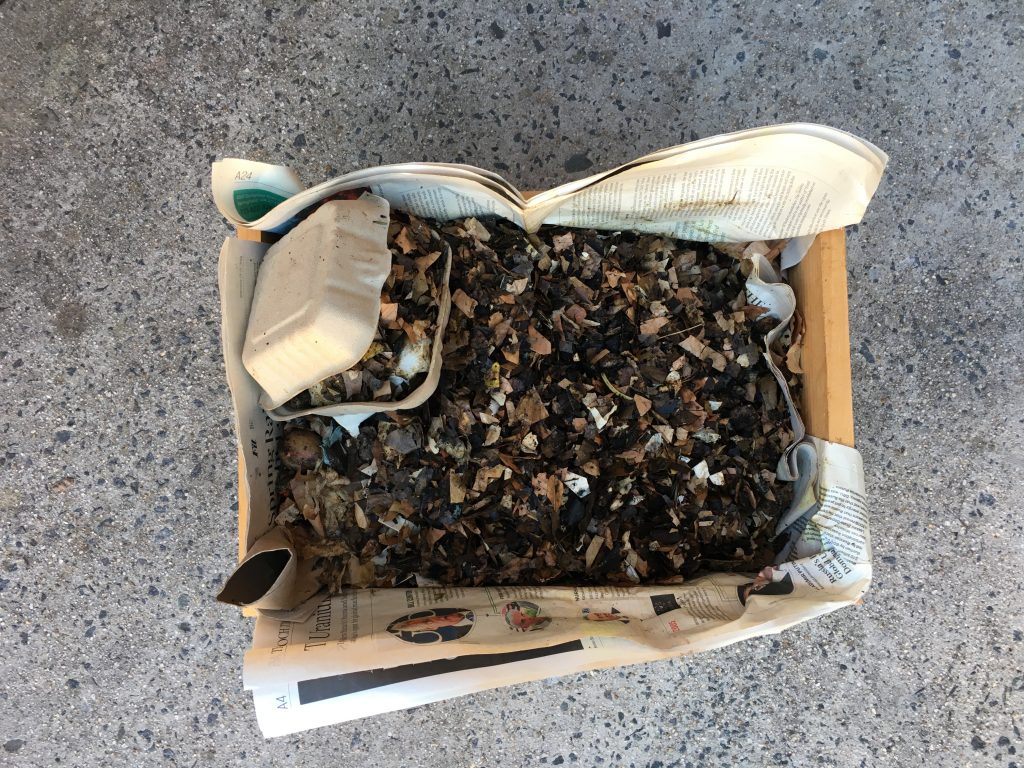
Apartment Living – Crate Composting
Another use for composting in a crate is for those of you without access to a yard or outdoor space for a larger composting setup. You can easily start this on an outdoor balcony, rooftop space or patio and turn your kitchen scraps into wonderful soil for houseplants! If you have access to a communal gardening area or rooftop container gardening space, this would be a great way to have continuous access to nutrient-rich soil. Composting also will help reduce the amount of trash and recycling you need to dispose of each week.
This is also a great activity to get your kids involved in helping set up. They’ll get introduced to recycling, and basic science, and maybe even start a life-long love for gardening!
Step by Step Composting in a Crate
If you are interested in starting a crate compost, we have listed the quick and easy steps to follow. You can set one up in less than an hour.

- Start with a small or medium size crate. You can use either a wooden crate, a plastic milk crate, old laundry basket, or even a dollar store laundry basket. The important thing is that the crate or basket you use must have openings along the sides to allow air to flow into the compost.
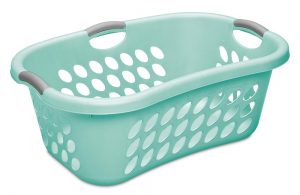
2. First-line the bottom of your crate with a piece of plastic – if your crate has any holes in the bottom or is made of wood, the plastic will keep the compost from falling out and/or rotting any wood. We use a kitchen trash bag to line just the bottom of the crate.
3. Now, line the sides of the crate or old laundry basket with double sheets of newspapers. At the base of the crate, make sure to overlap the newspapers so that the base of the crate has double the newspaper than the sides do.
4. On top of the newspaper add cardboard tubes from empty paper towel rolls (about 4) or toilet paper rolls (about 6). This step is to elevate the compost to allow air to pass underneath the composting materials. You can also use small branches or paper bowls to prop up the compost.
5. Add about a double layer of used paper towels or paper napkins.
6. Add a layer of dry leaves about 1 inch in depth.
Alternate Green with Brown Organic Material
7. Begin adding food scraps such as banana peels, apple peels, eggshells, onion or garlic outer skins, lemon or lime slices, coffee grinds, tea bags (no staples), etc.
8. Add another layer of dried leaves about 1 inch in depth.
9. Add another layer of food scraps.
10. Alternate adding kitchen food scraps over time with dried leaves.
As you add scraps, gently turn the compost using a digging fork. Mix the leaves and the kitchen scraps so it all gets mixed together.
Add water only if the mixture is dry. As the compost breaks down, you will notice that the compost mix is warm to the touch. This is an indication that the breakdown of organic materials is working!
Line the Crate as Needed
If you leave the compost in the crate for 4 or 5 weeks, you may need to replace the newspaper from time to time. You can move the compost to a paper bag including the original newspaper then line the crate with fresh newspaper. Then move the compost in the paper bag back into the crate.
As the crate compost breaks down, the crate will become heavier. So be careful if you are moving the crate from one area to another.
These are the steps to starting a crate compost. It is quick and easy! But best of all you are reducing your landfill trash and recycling your kitchen and yard waste while saving money on the soil. How cool is that? Let us know what you think about starting a Crate Compost!
And if you have any questions about crate composting, feel free to reach out to us in the comments below. We always are ready to help you out.
Pin this for Later:


